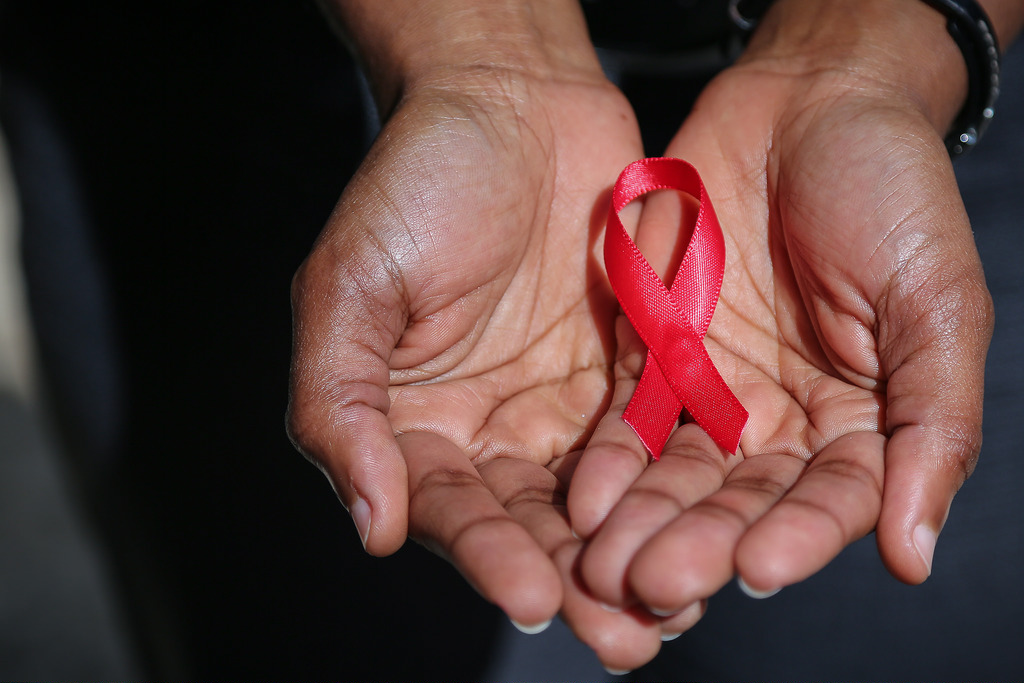|
Getting your Trinity Audio player ready...
|

Americans 50 years and older make up the highest group of individuals living with HIV, human immunodeficiency virus.
In 2014, the CDC reported living with diagnosed HIV by age group, the two highest groups were ages 50-54 and 55-59. There is a significant drop, greater than 5,000, for ages 60-64. Ages 65 and older show a slight decrease, which is logical since the demographic increases accordingly.
While the virus has likely been in the United States since the early 1970s, it was not until 1982 that public health officials began tracking acquired immunodeficiency syndrome. In 1983, scientists discovered the virus that causes AIDS. The scientific term initially used was HTLV-III/LAV, human T-cell lymphotropic virus-type III/lymphadenopathy-associated virus, but shortened to the human immunodeficiency virus.
Coming in contact with the virus in the 1980s might account for an increased number of HIV patients among those 50 and older. For example, if a 24-year-old person contracted the virus in 1982 then in 2018, they would be 63. One theory suggests there is a likelihood many in this demographic became infected during the time of AIDS uncertainty.
Naturally, some might argue this point. They might make an, albeit somewhat logical point, that many patients did not survive long enough to still be alive today. Nonetheless, this so-called logic may be a falsehood, there is no data reflecting individuals who have had HIV for decades.
Yet, there are people afflicted with the human immunodeficiency virus who have survived for almost 30 years. A 52-year-old man was interviewed by Nautilus writer, Daniel A Gross in 2015. Kai Brothers shares his story of living with the diagnosis for decades and beating “HIV at its own game.”
He had been making donations at the blood bank in San Francisco in the 1980s. In 1986, he received a certified letter explaining they had discovered blood tainted with the human immunodeficiency virus among their stock. The blood bank suggested Brothers get tested but did not.
It was a classic case of denial. I couldn’t manage it.
He believed the letter was confirmation of his status. Brothers finally decided to be tested, in 1989. He was, in fact, living with the virus. Gross writes:
That was the darkest period in Brothers’ life. He emptied his 401K, thinking that he wouldn’t live long enough to use it.
By 1999, Jay Levy, an AIDS researcher at UC San Francisco learned that as the virus replicates within the body it mutates. “Some mutations allow the virus to advance in a protracted battle over the immune system.” However, this evolution can unlock a response that will restrain the virus’ advancement.
Brothers participated in a long-term study since he was blessed with an immune system that holds back the progress of the virus. He never took antiviral medications. Unfortunately, 26 years into the study researchers discovered Brothers was infected. His significantly decreased white blood cell count and an extremely elevated viral load were detected. He must now decide if the recommended regimen of pharmaceuticals is in his future.
If those diagnosed do not have the magic blood they must follow the researchers’ recommendations of a laundry list of medications daily. Nonetheless, these antiretroviral medications help many individuals to never develop stage 3 HIV, which is AIDS.
Medications and improved medical studies have significantly increased a person’s life expectancy. In fact, in the United States, gay men have a life expectancy of 77 years. The CDC warns everyone to know how the virus is contracted, learn what precautions should be taken to prevent infection, and be tested if there is any possibility of coming in contact with HIV. Knowledge is the key to remaining healthy.
Written by Cathy Milne
Sources:
Nautilus: The Man Who Beat HIV at Its Own Game for 30 Years
CDC: HIV Among People Aged 50 and Over
Healthline: Facts About HIV: Life Expectancy and Long-Term Outlook
Reference*: What Is a Lifespan Length for an HIV-Positive Person?
THE AIDS INSTITUTE: Where did HIV come from?
Featured and Top Image By Keila Trejo/iadMedia for HopeMedia Stock Photography’s Flickr Page – Creative Commons License



